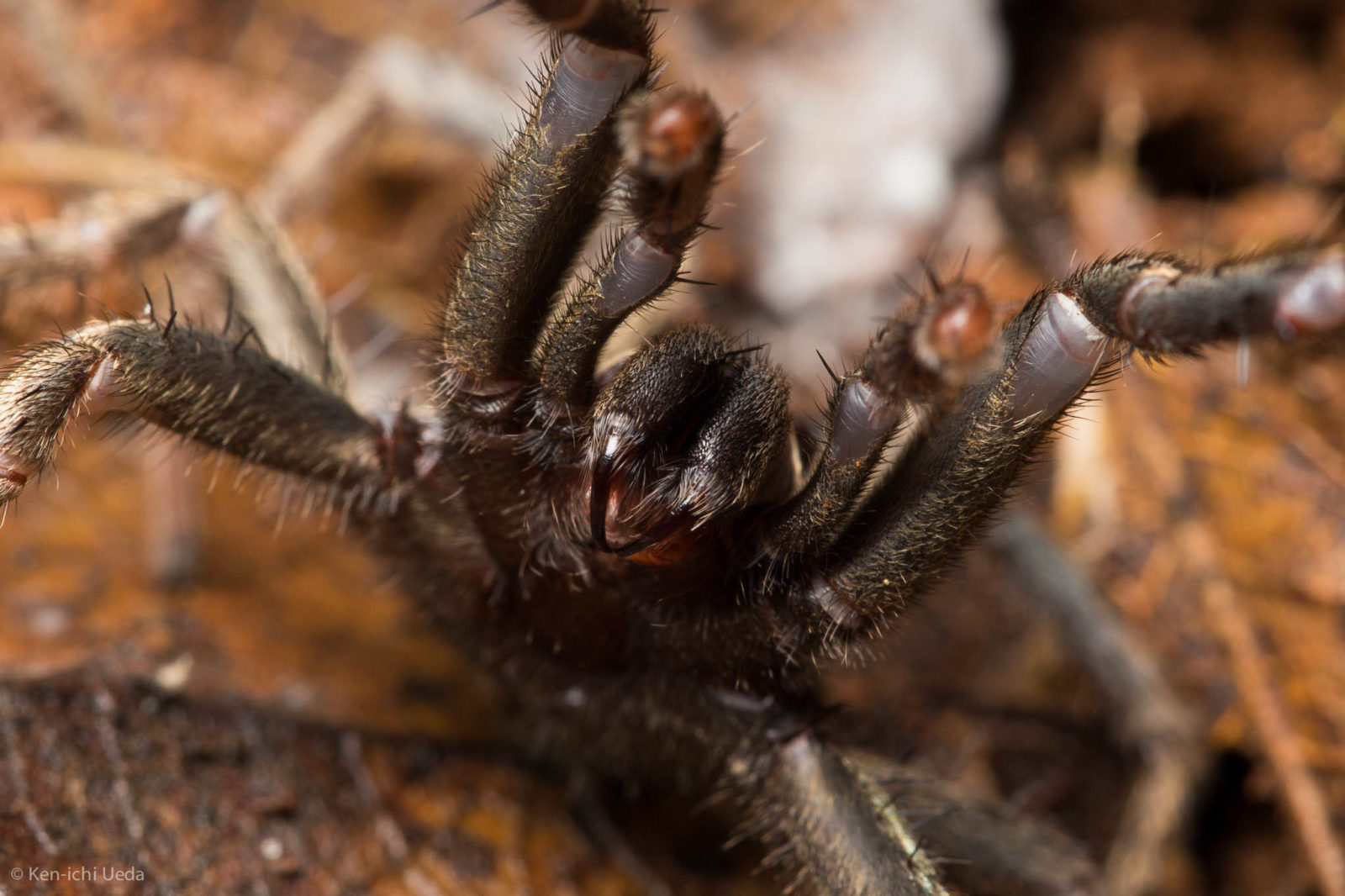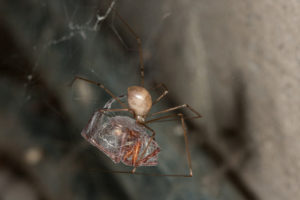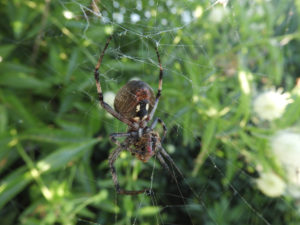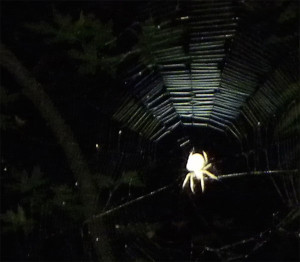What type of arachnid is this? I found it in Placerville, California. I suspect that it’s a young tarantula but I’m not sure what type. It is pretty small though, so I am still open to the idea that it may be a spider; it’s almost 2 inches long. -G, Richmond

Nice find! While this arachnid looks like a tarantula, being large, fuzzy, and a tad intimidating, what you’ve encountered here is a member of the species Calisoga longitarsis, which are commonly known as … false tarantulas!
We’ll get into the specifics of this spider, but let’s pull back a bit first and get our nomenclature straight before delving deeper. Spiders are, of course, members of the arachnid order, which also contains scorpions, mites, ticks, windscorpions, hooded tickspiders (!) and other amazing arthropods. While tarantulas look quite different from your garden variety garden spider, they too are spiders, but members of a separate (and sometimes called more “primitive”) infraorder than most of the spiders we’re familiar with. How to tell the difference? The easiest way is to look the spider in the mouth.
If you were to stare face-to-face with a jumping spider or house spider, you’d quickly notice that the spider’s chelicerae, or mouthparts, are “facing” each other and swing out to the sides in order to open up and deliver a bite. Spiders with this type of chelicerae are members of the infraorder Araneomorphae and are often referred to as “true spiders”; the vast majority of the spiders you’ll encounter are araneomorphs. They tend to be smaller, have complex uses for silk, and often don’t live for more than a year or so.
Tarantulas (real and false) belong to the infraorder Mygalomorphae, and they wield parallel chelicerae, which they keep tucked under their bodies when not in use. In your photo, they’re the two nubs sticking out in front of the spider’s eyes. Contrary to popular belief, and to the way they’re often portrayed in movies, tarantulas and other mygalomorphs are generally docile and nearly all have venom that is not dangerous to humans. This is the case for most “true” tarantulas that live in California. They move cautiously and their main defense is to scrape off urticating hairs from their abdomens, which irritate the skin or nasal passages of a potential predator. Having been “urticated” by these hairs myself, I can say they’re pretty effective and no fun.

False tarantulas, though, have a reputation to be on the more aggressive side, like the one pictured above. When aggravated, they’ve been known to to rear up and give you a good look at their (parallel) fangs! I’ve only had this happen to me once, but it’s pretty intimidating in an adorable way. False tarantulas also tend to move a bit more quickly than tarantulas. Bonus cool fact: spiders lack extensor muscles for their legs, instead relying on hydraulics (i.e. pumping hemolymph, or blood) to extend them. Next time you see a spider walk, try to imagine the cool synchronization that’s happening in order for them to get around.
But how to tell a false tarantula from a true one? There are two main things to look for. First, check out the “hairs” (technically called setae) on the body. True tarantulas in California have much bigger, “bristly” hairs that are black or reddish brown, while false tarantulas have a more velvety covering that is often silvery in color. Second, look a the spider’s size. False tarantulas don’t get much bigger than the one you photographed, whereas adult tarantulas will be larger and more hefty.
Like their other mygalomorph brethren here in California, false tarantulas reside in burrows and are mostly seen when males wander about looking for mates. I’ve often found them under cover objects in the fall and winter, possibly forced up by winter rains. It’s always exciting to encounter such a big beautiful arachnid, and if you come across one, please marvel at it and let it go on its merry way.
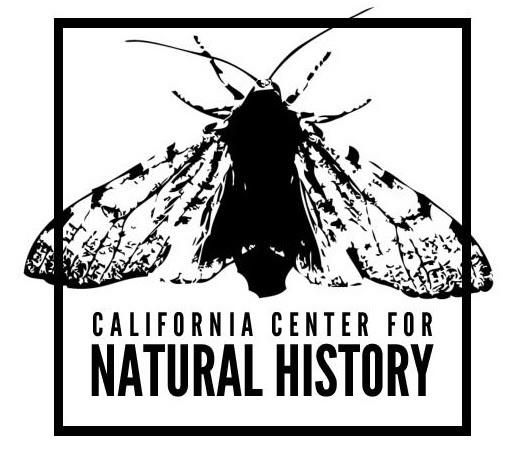
Ask the Naturalist is a reader-funded bimonthly column with the California Center for Natural History that answers your questions about the natural world of the San Francisco Bay Area. Have a question for the naturalist? Fill out our question form or email us at atn at baynature.org!

